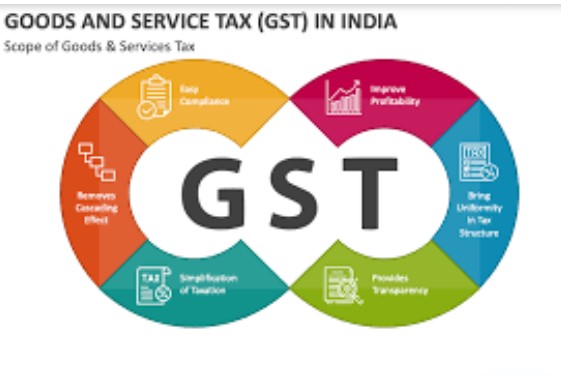 On the occasion of India’s Independence Day on 15 August 2025, Prime Minister Narendra Modi made a significant policy announcement, declaring that major reforms in the Goods and Services Tax (GST) would be introduced by Diwali this year. The Prime Minister emphasized that these reforms would ease the burden on the common man and bring much-needed simplicity to the indirect tax system, which has been in place since July 2017. His statement generated optimism across the country, with expectations that GST—often criticized for being overly complex—would finally move towards a more consumer-friendly and business-friendly structure.
On the occasion of India’s Independence Day on 15 August 2025, Prime Minister Narendra Modi made a significant policy announcement, declaring that major reforms in the Goods and Services Tax (GST) would be introduced by Diwali this year. The Prime Minister emphasized that these reforms would ease the burden on the common man and bring much-needed simplicity to the indirect tax system, which has been in place since July 2017. His statement generated optimism across the country, with expectations that GST—often criticized for being overly complex—would finally move towards a more consumer-friendly and business-friendly structure.
Following this announcement, the GST Council convened its meeting on 3 and 4 September 2025 to deliberate on changes. After two days of discussions, the Council revealed a revised structure, claiming that GST slabs had been reduced from the existing five rates—0 percent, 5 percent, 12 percent, 18 percent, and 28 percent—to just three principal slabs: 0 percent, 5 percent, and 18 percent. This was positioned as a historic move aimed at streamlining taxation and reducing compliance hurdles.
However, a closer look at the new framework reveals that the reform is more cosmetic than substantive. While the government announced a shift to three slabs, in reality, the structure continues to maintain five slabs. The 3 percent rate for gold, which had been in place since the inception of GST, remains unchanged. Additionally, the Council has introduced a steep 40 percent slab that will apply to luxury items and what are described as “sin goods,” including tobacco, pan masala, and other products considered harmful to health or society.
In other words, although the official narrative suggests a reduction to three slabs, the GST system still effectively operates with five rates. The previous 28 percent slab has essentially been shifted upward to 40 percent for luxury and sin goods, without addressing the fundamental complexity in the tax structure. The much-publicized merger of the 12 percent slab into the 18 percent category is the only genuine consolidation, but critics argue that this change does little to alter the overall landscape. Businesses will still have to navigate multiple categories, and consumers may not experience a significant relief in their daily expenses.
Economists and industry experts have expressed mixed reactions to the Council’s decision. Some argue that at least the merger of the 12 percent and 18 percent slabs simplifies matters marginally by reducing disputes over classification. Others, however, fear that the introduction of a high 40 percent tax rate could discourage consumption, increase smuggling, and encourage tax evasion in certain sectors. Furthermore, the continued presence of special rates for gold and luxury goods has raised questions about whether the vision of a truly unified tax system is being diluted by political and economic pressures.
For the common citizen, the direct impact of these changes will only become evident over time. Essential goods will continue to attract either no tax or minimal taxation under the 0 percent and 5 percent categories. Most standard goods and services will be taxed at 18 percent, creating a broad umbrella for everyday consumption. On the other hand, luxury consumption and sin goods will now become significantly more expensive under the newly created 40 percent slab. While the government claims that the burden on the common man will be reduced, the practical reality is that only a narrow set of changes has been introduced, with everyday purchases unlikely to see much difference.
In conclusion, the Independence Day announcement by Prime Minister Modi gave the impression of bold and transformative reform. Yet the decisions of the GST Council in September reveal a far more cautious and incremental approach. The reforms highlight the difficulty of balancing revenue requirements with the promise of simplification. As Diwali approaches, businesses, consumers, and policymakers alike will be closely watching how these changes play out in practice—and whether they truly succeed in reducing the tax burden and simplifying India’s GST system.